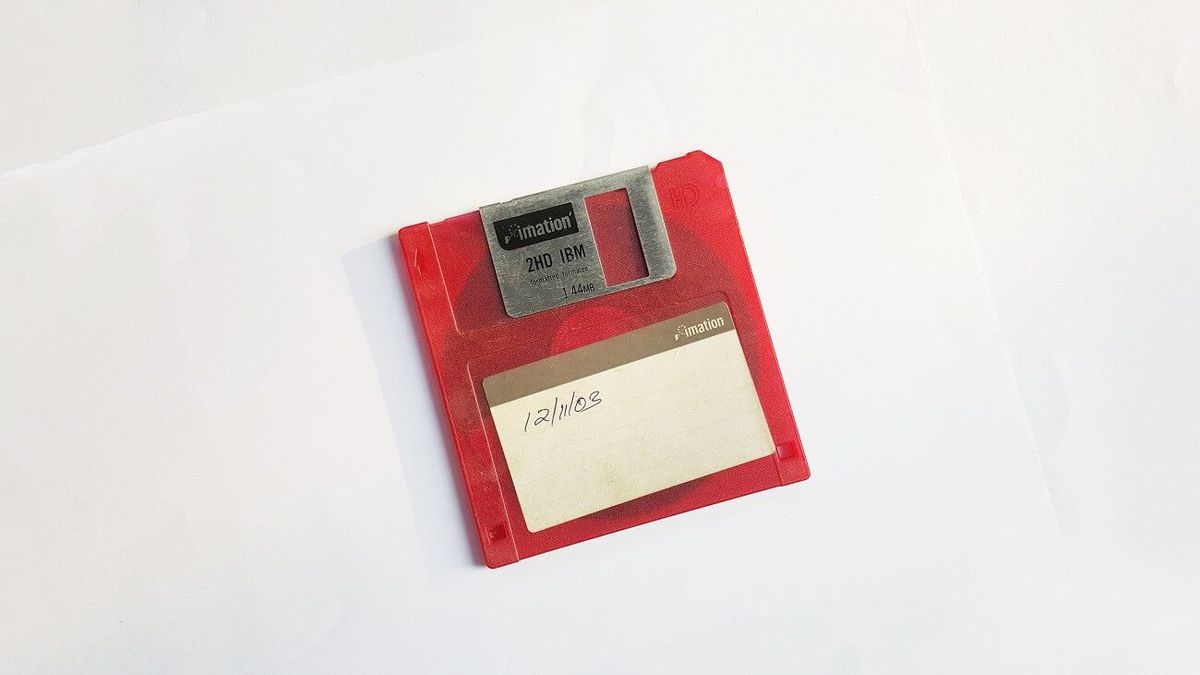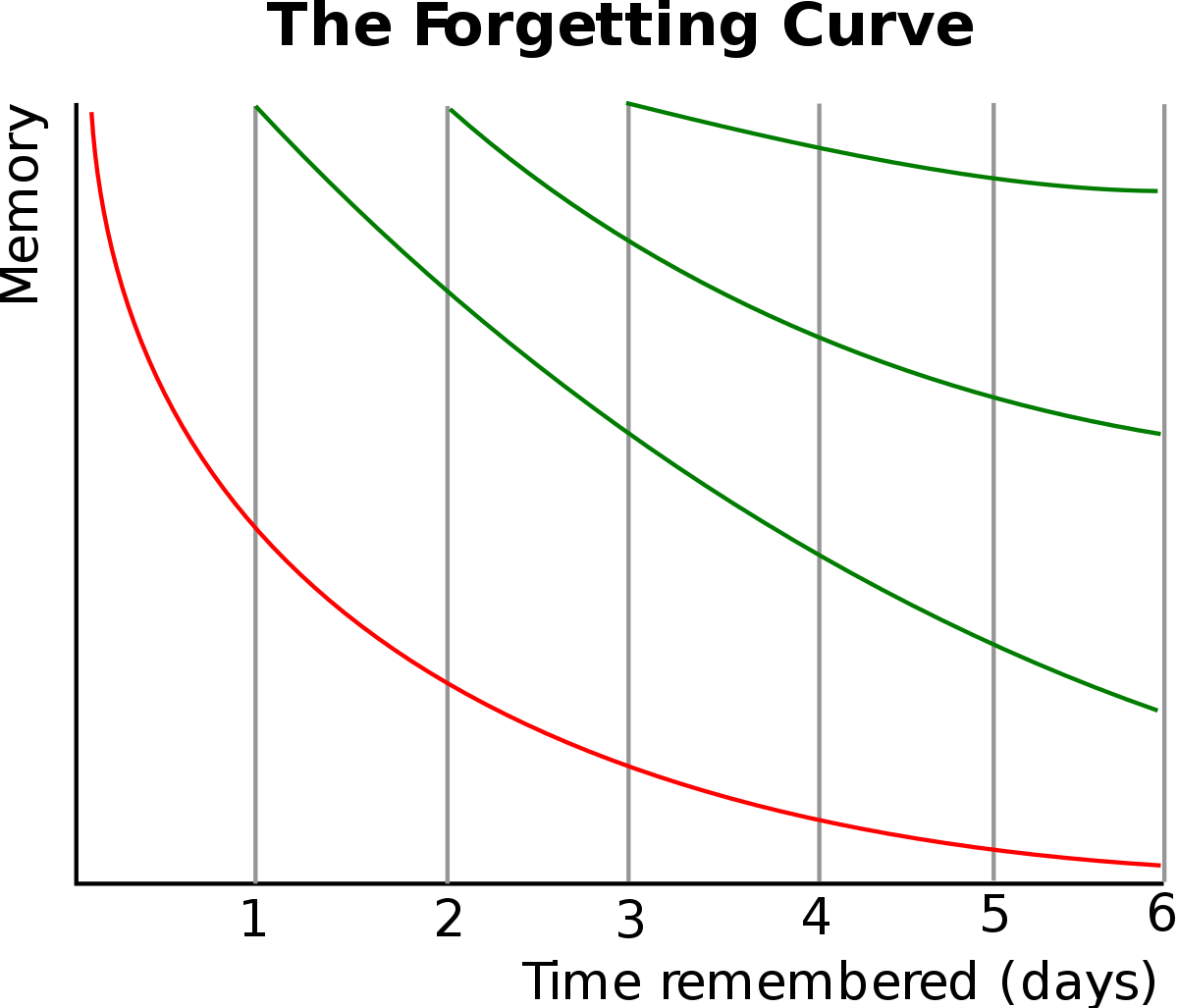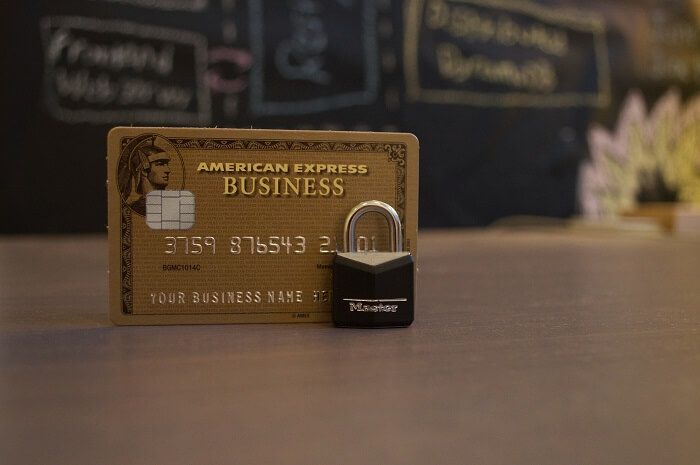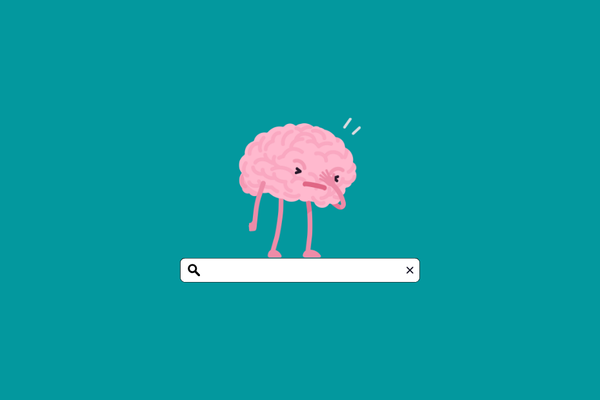How to Improve Memory: Guide and Exercises

The Library of Congress in Washington has the largest book collection in the world with its 164 million volumes. It is estimated that reading the books currently available would take 6,000 years if we read one book a day. Is it impossible to read so many books, and what would be the point? If we are curious about something, we can get an answer to our question much sooner than finding a book, reading it, and memorizing the relevant details.
Why bother memorizing facts when, since Gutenberg, it has been much easier to extract information from external sources anyway. Memorizing the contents of books has become irrelevant. It is much more important nowadays to know which external “hard drive” to look for the required information. The replacement of our memory with external devices did not begin with the Internet, nor with books. Ever since our ancestors began to draw their memories on the walls of caves, we have become increasingly dependent on external devices and rely less on our memory.
The takeover of external media is calling into question the theories and methods that are currently fundamental.
- Does it make sense to note anything at all?
- If everyday life is surrounded by books, instructions for use, and smart gadgets, then why do we still have to memorize years and poems in school?
Memorizing facts that often seemed meaningless at first, and the unified curriculum is the legacy of the Prussian school model that worked perfectly in its time. After the Industrial Revolution, soldiers were needed in addition to machines, so military methods were transferred to school environments. The system worked, but 150 years have passed since then.
Scientists can also teach monkeys to memorize, but the goal of education is much more than the combined ability to retrieve and analyze information. However, we will not be able to do analytical work if we do not have the information we need to retrieve it.
Memory is like a spider web that catches new information. The more you get, the bigger you grow and the bigger you grow, the more you get.
Object knowledge, therefore, plays an important role.
The word innovation has two roots in Latin: inventory and invention. To create something new, we need a stock of prior knowledge.
If I haven’t been able to convince you of the importance of memory yet, it’s worth taking a look at the impact of memory on our worldview. The amount of our experience is equal to the sum of our memories, while the degree of our wisdom is equal to the amount of our experience.
Thus, better memory means not only that we know more about the world, but also that we know ourselves better.
How does memory work?
There are three stages in the process of remembering: recognition, storage, and retrieval.
Recognition - Encoding
Let’s examine the process of recognition through the memory of your last Christmas dinner. Your memories of the event are greatly influenced by visual influences (snow falling in large flakes, the various colors of Christmas tree lamps), sounds (the song Mariah Carey, which you are already bored of, or the clinking of glasses at dinner).
In addition to visual effects and sounds, we can often associate scents with situations (the scent of wood rosin of the Christmas tree or the fish soup being made).
Those born with exceptional memory often owe their abilities to unconsciously pairing recognized properties, such as assigning a special color to numbers.
Storage
There are two ways to store memories: short-term and long-term memory.
Short-term memory or working memory is used when the brain stores information for a short time, without the shift to long-term memory. We use short-term memory when we manage to memorize items on a shopping list or when we “learn” a 4-line poem before a literature lesson.
We probably won’t remember any of that the next day, but maybe not in an hour, as our brains won’t need this information.
Long-term memory consists of memories that we remember through recognition even days or years after first experiencing them. This includes that particular Christmas lunch, or the birthday dates of your family members (if you’re lucky).
Recall
Eventually, as we recall a memory, our brain crosses the neural pathways it created when the memory was formed. Regular repetition of the information to be remembered helps to strengthen these connections, so memory-enhancing practices such as reading your notes or various flashcard systems work.
A common figure in movies and series is the genius, for whom flipping through a book is enough to use his photographic memory to memorize each sentence of the volume accurately and recall it with ease.
Although it sounds good, in reality, photographic memory does not exist.
Brain exercises to improve memory
After finding that the ability to remember promises benefits beyond high school literature classes, and then outlining the basics of how memory works, there is only one point left:
Practical methods of memory improvement
Improving memory is an area with a long history, the heyday of which can be placed well in front of books printed in large numbers. Much of the methods listed below have been known since ancient times, and today’s memory athletes use these methods, or improved versions of them when memorizing multiple decks of cards or new, long poem.
We don’t necessarily have to memorize French cards to take advantage of these memory development techniques. Most methods can also be easily applied to preparing for an exam or to comment more effectively on the contents of a book.
Memory Palace
Anyone who has tried to learn a complex, incoherent topic by force knows that we do not remember separate facts, but rather that events remain in context.
The essence of the memory palace is to turn things that seem unforgettable at first, such as a deck of cards or a shopping list, into spectacular images and place these images in an imaginary location so that previously unforgettable elements are put into context and become unforgettable.

The memory palace is first mentioned in his records by the ancient Roman writer Cicero. According to the story, the Greek poet Keios Simonides had dinner at the house of a wealthy aristocrat.
After performing a poem in honor of the lord of the house, the poet received a message that two young people were waiting for him in front of the house, who wanted to meet him. After Simonides stepped out into the courtyard, the roof of the house collapsed, burying the participants of the dinner under himself. Although the guests in the house did not survive the misfortune, the friends wanted to bury their unrecognizable relatives from the bruises on the roof.
Simonides was then able to identify the relatives by remembering the table in the order in which they were sitting.
The poet realized that by moving in a row between his images of memory and associating them with another image, he could remember critical details more effectively.
Since ancient times, we can read about more and more efficient memory palaces in various books on memory development. Joshua Foer, winner of the 2006 U.S. Memory Championship, in his book Moonwalking with Einstein, has gathered easy-to-use tips for beginners to create memory palaces.
Tips for using the memory palace:
- Your first memory palace should be the house you grew up in. This is the place you know best, so the layout of the rooms won’t cause an extra headache.
- The general idea behind the memory palace and most memory development practices is to make boring, memorable things colorful, interesting, and thus memorable.
- We don’t remember general, boring, or serious things, but we do remember specific, incredible, ridiculous, and blunt images exceptionally well.
- Dirty fantasy helps you create images of the memory palace. Thanks to evolution, our brains find two things specifically memorable: jokes and sex (and jokes about sex).
Rhymes, rhythm, clichés
Rhymes and short poems are popular among elementary school students for a reason. Rhythmic words with rhymes can be memorized better because the rhyme provides help for memorization.
In addition to mere words, there is another sure point to which we can attach the expressions, and that is rhythm. Mnemonic operating under the same logic acronyms application.
Although we wouldn’t think about it at first, clichés make up the most easily memorable elements of our language. No matter how much we try to weed them out, they still play a big role in storytelling because of their easy memorization.
Spaced repetitions method
Spaced repetitions is a mnemonic technique that shows you the information you need before you forget it, thus keeping the memory constantly fresh. Most often we come across the method of spaced repetitions when learning a language, but in all other areas, it is an effective and useful way to improve memory.
With the various flashcard apps, the new words will reappear within a few minutes of learning, and then you will see them in a few days, and if you still remember their meaning, it may take weeks for the next encounter.
Applications that use the method of spaced repetitions do not randomly display words that need to be repeated but incorporate research results into the applications.
Herman Ebbinghaus was the first scientist to study memorization at the system level. He created a list of long and meaningless syllables that he tried to memorize over the years. He recorded every little detail, such as how many times he looked through a list, how long it took for him to take the same list in his hands again, and how many syllables he remembered from the list.
Using the results, Ebbinghaus established a ratio that shows the decline in memory over time.
The graph drawn from this ratio is the forgetting curve.

Piotr Wozniak also spent considerable time studying the issue of memorization. Wozniak integrated the results of his research into a computer algorithm he called SuperMemo.
The calculation of SuperMemo intervals depends on several variables, but the first optimal learning phase in a simplified form looks like this:
- First repeat: 1 day
- Second repetition: 7 days
- Third repetition: 16 days
- Fourth repetition: 35 days
The popular flashcard application, Anki, is also based on the SuperMemo 2 algorithm, which suggests the next ideal time for repetition based on your answers.
With the method of spaced repetitions, you can not only gain confident knowledge but also save time by eliminating unnecessary repetition circles.

Chunking: divide and memorize
Chunking is a way to reduce the number of items to remember by increasing their size. Due to the easier memorization provided by the technique, the telephone numbers are divided into several parts, and the elements of the bank account number are divided into groups of four.
Dividing into parts is another method that can be used to make large amounts of information easier to remember. You may have already used the method unconsciously. For example, when dictating your phone number, you have listed the required set of numbers in groups (06 70 234…) rather than one by one (0 6 7 0 2 3 4…).

According to some research, we can store 7 + -2 elements at a time in our short-term memory, while others estimate this to be a maximum of 4 elements in a much more nuanced way.
By organizing the information to be memorized into smaller groups, we may be able to circumvent the limitations of our short-term memory and create more memorable images in the long run.
Improving the memorization of numbers
While we can group words and place them in memory palaces with the help of rhymes and imaginary pictures, we are in a much more difficult position with numbers.
How can numbers be turned into more memorable images?
Johann Winkelmann also sought an answer to this question.
Winkelmann's name is associated with the Major system, which is used to convert numbers into consonants, and by supplementing consonants with vowels to form words that can be converted into images. These images can be more easily placed in a memory palace.
Joshua Foer illustrates the Major Method in his book with the following examples:
- 32 à MN à Man
- 33 à MM à Mom
- 34 at MR at Russian space station (mir)
Each number is assigned a consonant (2 = N, 3 = M, 4 = R), and the intermediate vowels can be chosen freely so that we can create existing words as easily as possible and the supplemented word comes to mind as immediately as possible from the two consonants.
The Major System Generator can provide good ideas for creating words.
Remember faces and names better
One of the most unpleasant situations is when we don’t remember other's names even after the introduction. In addition to the guilt, we can even hurt our conversation partner, rightly thinking that we don’t pay attention to it or consider it unimportant.
To avoid similar situations, you may want to use the tip of Grandmaster Ed Cooke , co-founder of the Memrise Memorization Application:
“You should always combine the sound of the name with an image that you can clearly imagine. The goal of the technique is to create an image that can associate a person’s face with his or her name. When you later need to remember the person's name, this image will pop up automatically. For example: Do you say your name is Joshua Foer? Then I am amazed that you are joking in front of the sports hall where we met, and in response, I fall into four (four) parts. ”
Extra tipps to improve your memory
Most of the memory development exercises listed have been available for centuries, yet we know so little about them. If they work so well, then why doesn’t everyone use these tricks? Presumably, pre-energy investment has a deterrent effect on many.
It’s easier and faster to embed a list than to associate an image with each item, to find an imaginary place for it, and to place those images there. Using both the Memory Palace and the Major system requires a significant initial investment of time, but as you gain experience in using them, you will not only be able to remember what you have learned more effectively, but you will also be able to manage your time better.
If you are still aren't convinced by the memory development techniques, take the following easy-to-use learning tips with you:
- Use the method of spaced repetitions. Upload the items to be remembered to an application running the SuperMemo algorithm (Anki, Memrise) and repeat them while waiting in line or sitting in a traffic jam.
- Organize into rhymes, make adjectives, make your learning rhythmic!
- Divide the numbers into parts so that you can recall them later as successfully as possible!



